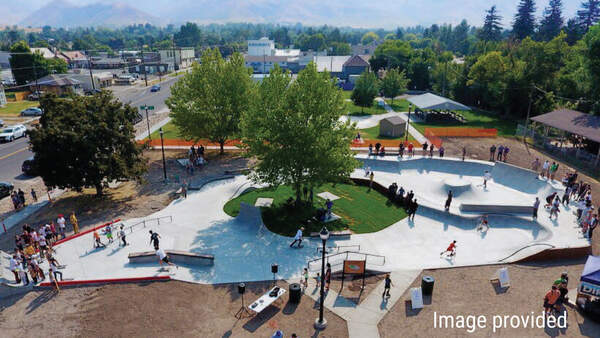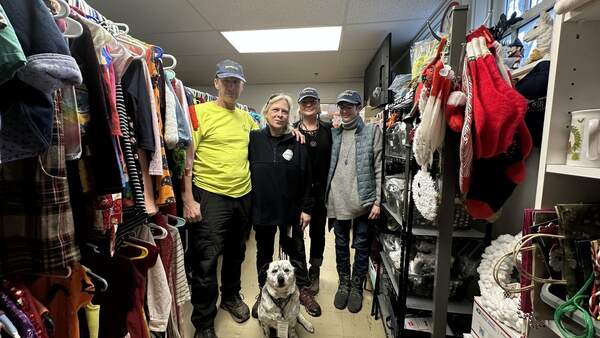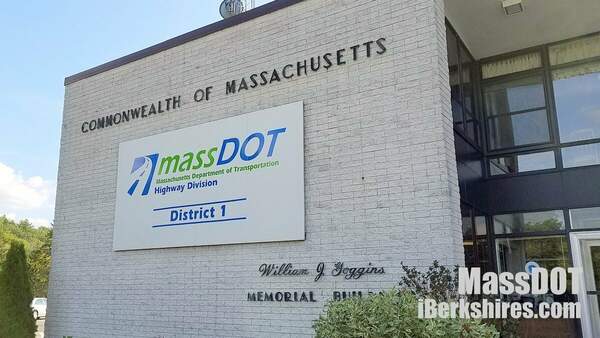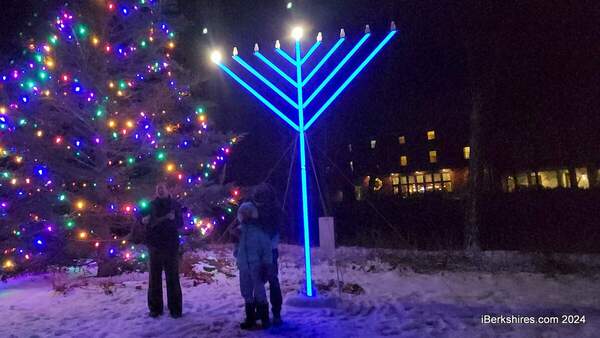Bankruptcy Court Makes Emergency Services A Priority
 Members of the Massachusetts Nurses Association rally outside the federal courthouse in Springfield. Members of the Massachusetts Nurses Association rally outside the federal courthouse in Springfield. |
SPRINGFIELD, Mass. — A U.S. Bankruptcy Court judge agreed on Monday that reopening emergency services in North Berkshire was a priority.
There is a question, however, on where those services could be provided.
Judge Henry J. Boroff, presiding over the Chapter 7 liquidation filing of Northern Berkshire Healthcare, went so far as to wonder if he shouldn't put in an extra layer of authority to uphold the state's previous order for Berkshire Medical Center to operate the Emergency Department.
"The first priority is to get emergency services up at this point," he said.
Stakeholders in the process — including court-appointed Trustee Harold B. Murphy, attorneys for the state and Berkshire Health Systems and major creditor Wells Fargo Bank — assured Boroff that they were in agreement.
"It's is my understand that Berkshire is moving as quickly as possible to reopen the emergency room. It is still unclear where," said Murphy, of Murphy & King PC of Boston. "I am willing to make the premise available."
The health-care system announced on March 25 the abrupt closure of its operations after negotiations with Berkshire Health Systems for a partnership or merger fell through. NBH had been skating on thin financial ice for years, including undergoing a Chapter 11 bankruptcy reorganization.
Berkshire Superior Court Judge John J. Agostini, at the request of the attorney general's office, issued a temporary restraining order preventing assets critical to the ER's reopening from being removed and charging Berkshire Medical Center LLC to take over its operations.
A hearing on the restraining order set for Tuesday in Hampden Superior Court, where Agostini is presiding, has been postponed to next week.
BMC is currently maintaining the electronic records, answering phones and providing maintenance and security on the NARH campus. The state has licensed BMC to operate a satellite emergency facility, but further federal approvals are required.
Currently about 150 people are hired to provide critical functions. VNA & Hospice of Northern Berkshire and OB/GYN are also being restored but all could be off site.
Representatives for BMC said the high cost of utilities for operating the Emergency Department and ancillary services at North Adams Regional Hospital has the Pittsfield hospital looking at other locations.
"The question is not so much which services will be provided but where," said Joseph H. Baldiga of Mirick, O'Connell, DeMallie, Lougee, representing BMC. "Berkshire has to make sure they don't get stretched too thin. ...
"We are moving toward alternative services this week."
Murphy is also being charged to look into the circumstances regarding NBH's swift closure. The attorney general's office is also investigating the closure in regard to the 90-day notice required by the state.
"We will do a full review of operations and how we ended up where we are," Murphy said, noting the health-care system's precipitous financial decline. "The revenue really dropped off a cliff."
The hospital itself appears to be in very good shape but it's specialization will make it difficult to liquidate.
"It seems to be a special purpose building and it will be a process to dispose of it," he said.
Murphy said the nonprofit corporation had about $700,000 cash on hand for outstanding obligations and that there were "substantial claims" against Blue Cross Blue Shield for insurance payments.
J. Mark Fisher of Schiff Hardin LLP, representing Well Fargo Bank, National Association, which holds bonds issued for NBH in 2012, said the bank was owed about $30 million.
The bondholders were concerned with sudden closure but want to be "constructive," he said, in moving it forward.
Members of the Massachusetts Nurses Association rallied outside the court house hoping their presence would impress upon the court the region's medical needs.
"We would like to save the whole hospital, we know it needs to be started slowly," said Diane George, a registered nurse who worked in ER. "In the community that we're in, we need a full service hospital. We would appreciate that being looked at seriously."
All those in the courtroom agreed that restoring medical services in some form would be a priority, but Murphy pointed out that it could no longer be Northern Berkshire Healthcare.
"We can try to make it easier for others to make it work and pick up the pieces. But the debtor is out of business."
Tags: bankruptcy, closure, NARH, NBH,

















